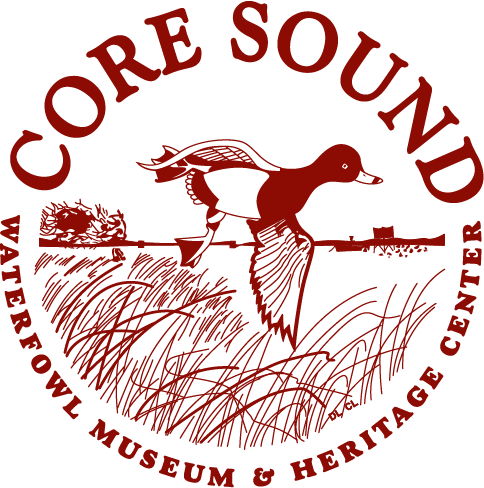This Is Core Sound: Cape Lookout
/There’s something about Core Sound, isn’t there?
It’s not just the waterfowl, or the old wooden boats, or the light rolls and lemon pies, or even the Diamond Lady. It’s the carvers, and the shrimpers, and the pound netters, and the hunting guides, too. It’s the waters that trickle into creeks and the creeks that flow into rivers. It’s Barden’s Inlet and the shifting sands of Core Banks. It’s the hum of a diesel engine and the slosh of a bucket of mullet.
There’s something about Core Sound, and it’s all of these things. The place and the people.
Tradition and heritage bind these thirteen communities — Otway, Bettie, Straits, Gloucester, Harkers Island, Smyrna, Marshallberg, Williston, Davis, Stacy, Sea Level, Atlantic and Cedar Island — together. Our ties to the past, to the earth, to each other that flow through these creeks and sounds have not changed for generations. The same waters that have brought opportunity, transportation and livelihoods have now brought new challenges and new responsibilities. These waters are Core Sound's tie to the future.
Together with our community, we have been preserving and celebrating the traditions and heritage of our region here at the Core Sound Waterfowl Museum & Heritage Center. On the eve of our 25th anniversary, join us in reflecting on this place and celebrating our people. Over the course of the next year, we’ll be sharing vignettes that highlight the life and heritage of Core Sound, what binds us to this place and what attracts hundreds of thousands of travelers to Down East every year.
Fifty years ago, President Johnson from the East Room of the White House, declared Cape Lookout a place worth preserving. The “wild and beautiful shoreline” President Johnson described in 1966 remains as it was, thanks to the National Park Service. This strip of sand reminds us of what Ralph Lane must have seen when he reported to Sir Walter Raleigh of the “goodliest soile under the Cope of Heaven” in 1585.
But long before Cape Lookout was a National Park it was a place of human feeling. An ancestral homeland. People lived and died there. They shared emotional, spiritual, intellectual and sensual perceptions about the lands – its sounds, smell and feel; its skies, wildlife, plants, and water. To understand Cape Lookout you must see it the eyes of people whose ancestors once lived there.
Beyond the unspoiled landscape, are the remnants of a life here that we can no longer see – the history and people who once played here, children whose parents worried and worshipped through hard winds and cold winters on the banks, men who saved lives along the beaches, boys and girls who attended fragile one-room schools, who fished the waters and watched for whales, shipwrecks, and storms. This truth is fundamental to Cape Lookout National Seashore and it is the the common thread that binds Down East together.

